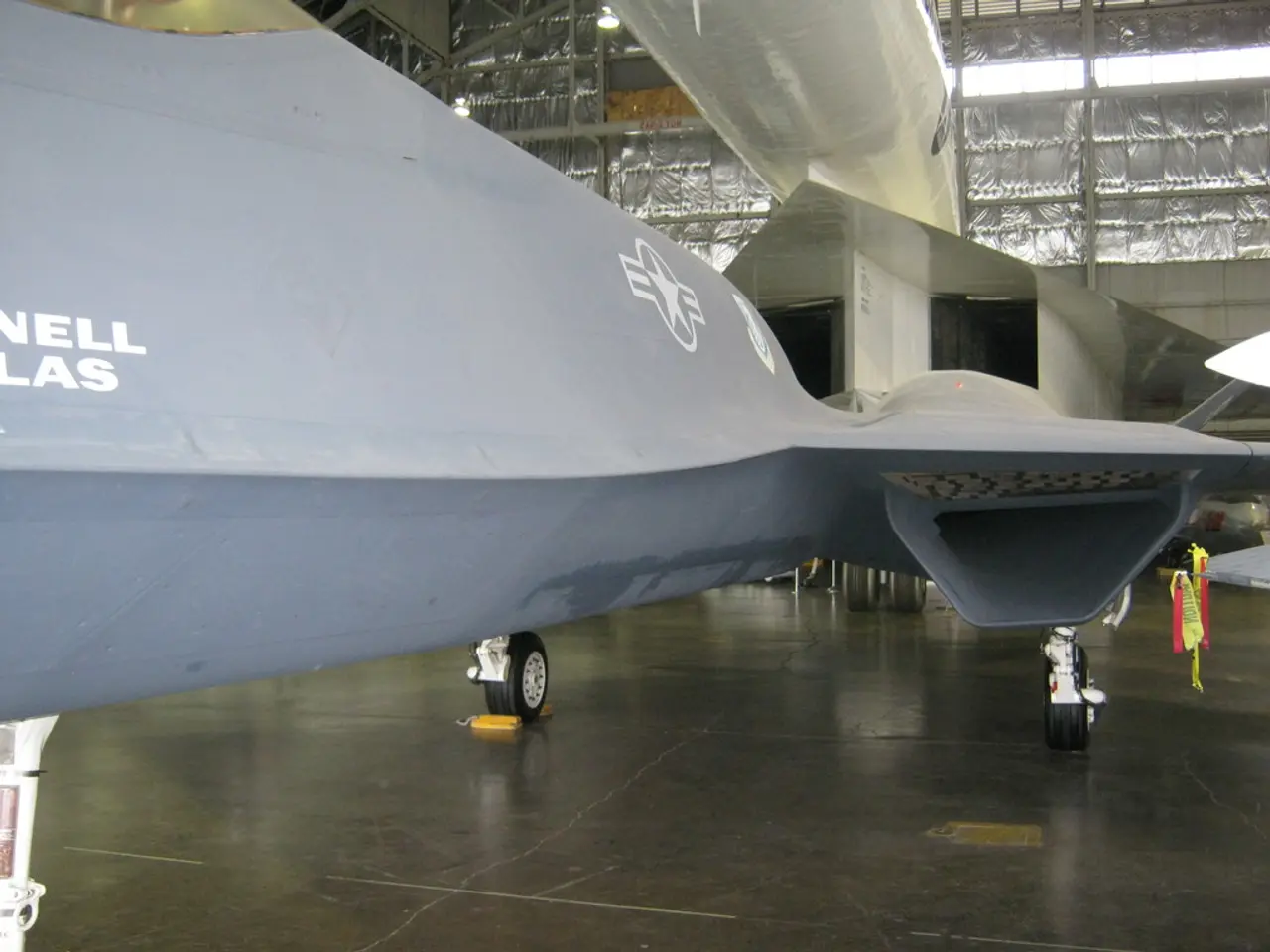Impact of Flight Altitude and Speed on Travel Time - Crucial Factors Breakdown
Airlines are constantly seeking ways to optimize flight duration, and one key strategy lies in the careful adjustment of cruising altitude and speed. This approach primarily involves advanced flight path planning that takes into account weather, wind conditions, and fuel efficiency.
How Adjusting Cruising Altitude and Speed Optimizes Flight Duration
Cruising Altitude Changes
Flying at a lower flight level can increase true airspeed for a fixed Mach number because air density is higher at lower altitudes. This could potentially reduce flight time by a few seconds to minutes. Conversely, flying higher may save fuel but could slow true airspeed if headwinds are stronger.
Speed Adjustments
Speed affects both fuel burn and time. Flying faster reduces duration but increases fuel consumption exponentially. Airlines use a "cost index" balancing time savings against fuel cost to choose speeds that minimize overall operating costs.
Real-Time Optimization
Using machine learning and continuous in-flight replanning, airlines can dynamically adjust routes, altitudes, and speeds based on updated wind forecasts and weather conditions to minimize time and costs. This autonomous approach can shorten routes by approximately 2% compared to standard planning.
Factors Airlines Should Consider
Weather and Wind Forecasts
Accurate, high-resolution wind data is crucial because wind direction and speed vary with altitude and location. Tailwinds support faster ground speeds while headwinds slow aircraft.
Fuel Efficiency vs. Flight Time
Airlines must balance shorter flight times against fuel burn increases. Speeding up saves time but costs fuel; cruising altitude affects fuel efficiency and speed differently.
Air Traffic and Airspace Restrictions
Optimal altitudes might be constrained by air traffic control, traffic density, or restricted flight levels.
Aircraft Performance and Weight
The aircraft’s weight, engine performance, and aerodynamics influence the optimal cruising altitude and speed.
Environmental Impact
Avoiding contrail formation and minimizing emissions might require altitude changes deviating from shortest flight time routes, sometimes resulting in equal or slightly longer flight times.
Operational Constraints
Crew schedules, passenger connections, and airport constraints can limit the ability to adjust flight profiles.
Summary Table
| Factor | Impact on Flight Duration Optimization | |----------------------------|-------------------------------------------------------| | Wind Conditions | Selecting altitudes with favorable winds reduces time | | Cruising Altitude | Lower altitude increases true airspeed, can shorten flight time; higher altitudes may improve fuel efficiency | | Speed Adjustment | Faster speeds reduce duration but increase fuel burn | | Real-Time Data & ML Tools | Dynamic replanning enables continuous optimization | | Air Traffic Restrictions | May limit altitude and route choices | | Aircraft Performance | Determines optimal cruise parameters | | Environmental Considerations | May require altitude changes for contrail avoidance |
In essence, airlines optimize flight duration by carefully selecting cruising altitudes and adjusting speeds based on real-time weather/wind data, balancing time savings with fuel costs and operational/environmental constraints. Advanced machine learning methods improve this process by allowing continuous, automated in-flight adjustments.
Atmospheric jets, such as the Jet Stream, can play a pivotal role in enhancing ground velocity. Commercial aircraft typically operate between 30,000 to 40,000 feet to reduce air resistance and improve speed and fuel efficiency. Operating at higher elevations can save between 1% and 2% in fuel burn during cruise.
- To optimize the impact of data and cloud computing in aviation, integrating real-time weather and wind data for machine learning algorithms can further enhance dynamic route, altitude, and speed adjustments, leading to more efficient flight paths.
- The environmental implications of climate change in relation to aviation can extend to the incorporation of environmental-science principles such as minimizing contrail formation and emissions to limit the aviation industry's footprint, which may involve altitude changes and result in equal or slightly longer flight times.
- With advancements in technology, the intersection between science and space-and-astronomy can provide valuable insights into the behavior of atmospheric jets like the Jet Stream, potentially aiding airlines in exploiting these natural phenomena to optimize flight duration and fuel efficiency.




